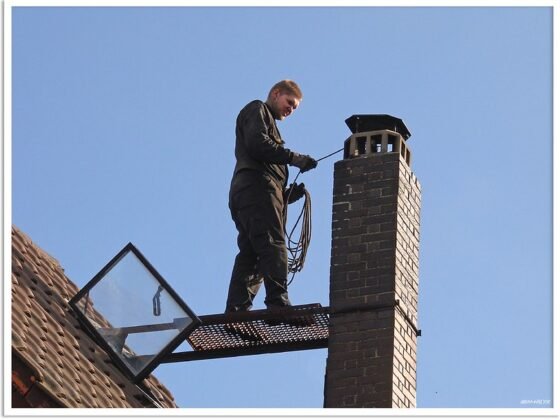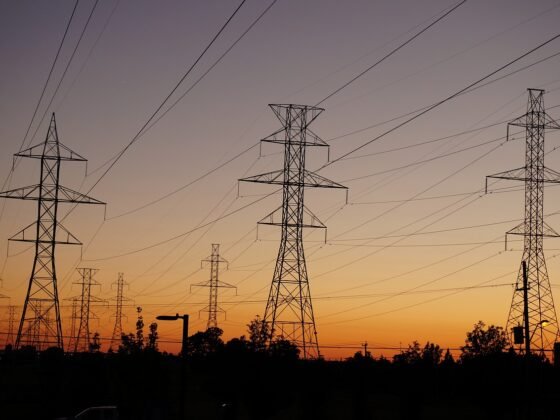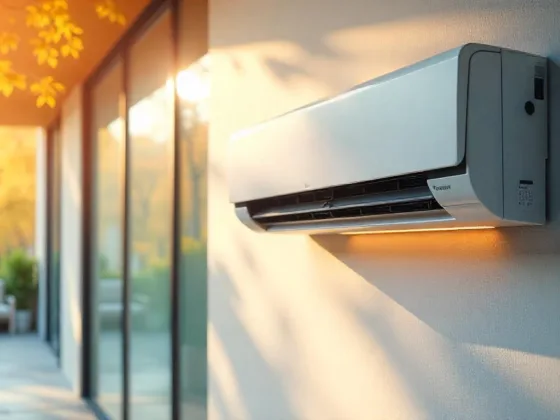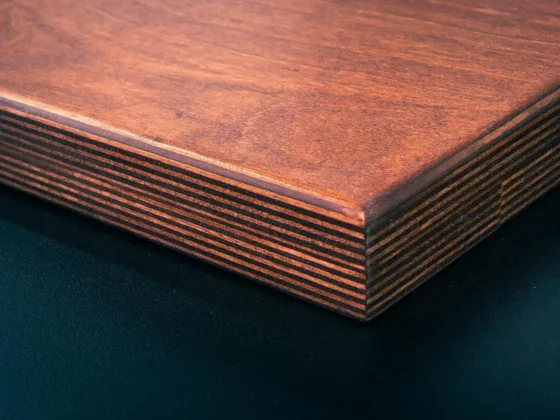Table of Contents Show
What’s every homeowner’s worst nightmare? We’ll give you a clue:
It starts with ‘L’ and ends in ‘S’.
That’s right: leaks. A single inch of water that enters your property can cause a whopping $25,000 worth of damage! Want some help avoiding that fate?
Well, knowing the signs of water damage on a ceiling is a good place to start. Keep reading to learn all about them so you can take action early and prevent the leak from getting worse.
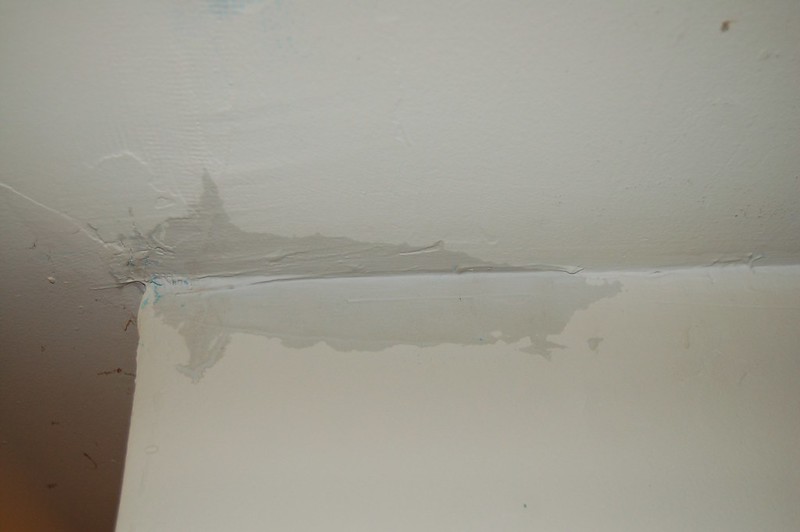
Watermarks & Stains
Are there patches of dark discoloration on your ceiling, similar to sweat patches on a t-shirt? How about any rusty, copper-colored areas? If you answered “yes” to either of the above, then there’s a good chance you have a leak on your hands.
The colors on display will tell you more about the problem. For instance, light-brown, rust-colored patches could indicate an older leak, whereas damp, saturated patches are clearer signs of something more current! In either case, you should call the pros to inspect and sort out the issue.
Sagging and Bulging
Another common sign of water damage on a ceiling is when it starts to sag, bow, or bulge. In worst-case scenarios, the ceiling might be holding water, which is causing it to swell like a balloon.
An alternative explanation is that the wood above it has collected moisture, swollen, and pushed parts of the ceiling outward as a result. In some cases, you might find that your doors stop closing/opening as they should too.
Whatever you’re dealing with, these types of problems are time-sensitive! Seek support from plumbers, roofers, and/or water damage restoration services ASAP. Don’t, and you could face serious (and even dangerous) negative outcomes, such as ceiling collapses.
Read Also:
Water Damaged Ceiling Mold
It doesn’t take long for mold to develop when there’s moisture in the area. With that in mind, look up at your ceiling, paying close attention to the corners. Any black, brown, or dark green areas of mold growth are a clear indication of dampness (and potential leaks).
Don’t just rely on your eyes either. You can often smell mold and mildew before you see them! If you’re aware of a musty, stuffy, and dank odor in the air, then this is indicative of damp as well.
Once again, we recommend seeking professional support. Not only is mold a symptom of water damage, but it’s also hazardous to your health.
Now You Know the Signs of Water Damage on a Ceiling
Roof and plumbing leaks can both wreak havoc on a house, which is why knowing the signs of water damage on a ceiling is so important! This understanding will help you recognize any problems when you see them.
You can then take appropriate action to handle the issue, stop it from getting worse, and avoid the expensive implications that might otherwise ensue.
We hope the insights in this article will help you do exactly that. To further your education on this topic, search ‘leaks’ on the website and read more articles like this one now.

